My Fascination with Astrophotography
By Yuri Schmid
I’m Yuri from Switzerland. I am 17 years old. Last summer I discovered my fascination for Astrophotography. For four months, I captured the beauty of night sky in Switzerland with the Sony A7S. The result of my journey is a six-minute long time-lapse movie.
I was lucky, because Zermatt celebrated 150 years of Matterhorn’s first climb. They lit up the whole mountain from Italy’s side and the climbing route from the Swiss side and I was able to get unique and rare pictures.
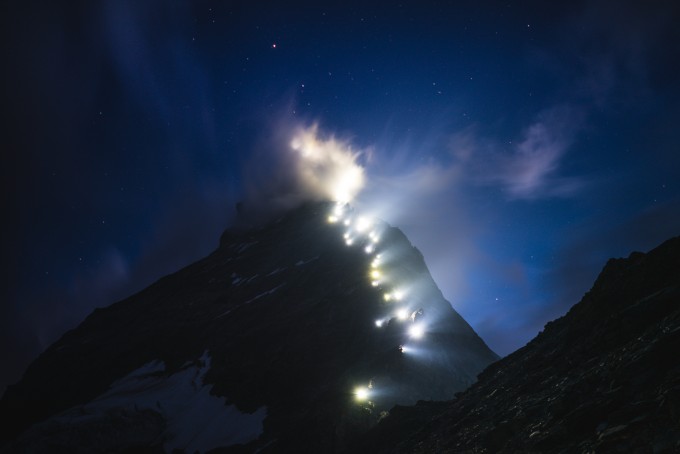
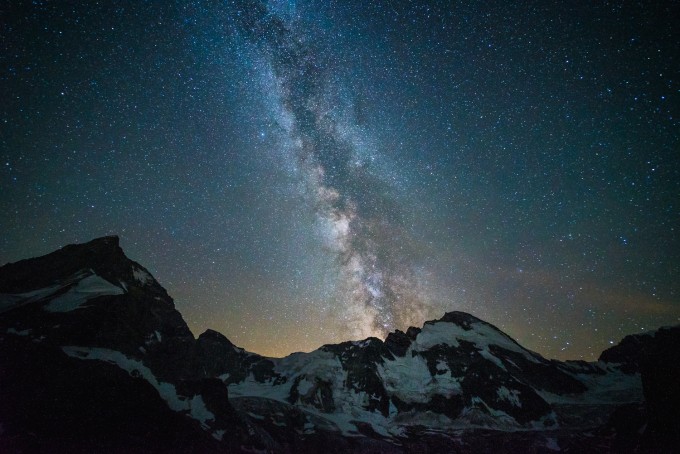
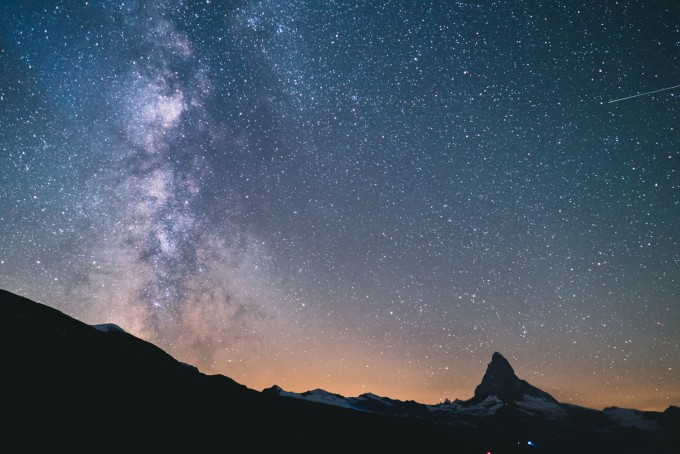
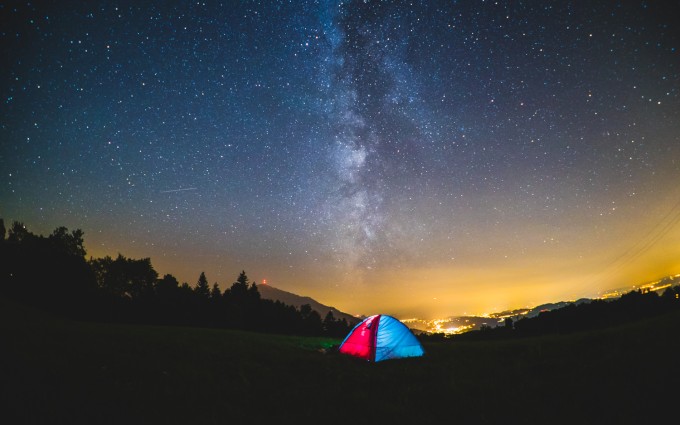
I loved being in the mountains and did not only get nice pictures, I also learned to love a new life-style in nature.
Hope you enjoy it!
————————————
PS – FROM STEVE: Do not forget to enter the STEVEHUFFPHOTO/OLYMPUS Astrophotography contest, which is HERE! Deadline to enter your photo is in 2 days!


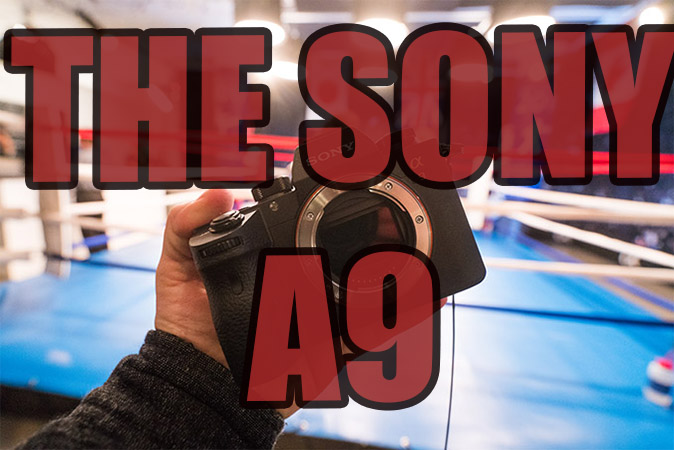
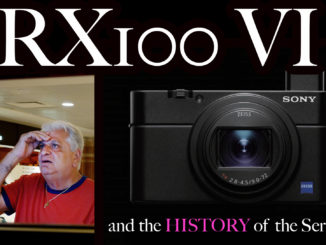
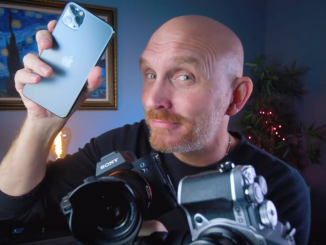
Very nice work ! Very clever and original ideas ! Very promising !
I understand it has taken 6 months !
If you don’t mind, would you like to share some good places near Zermatt.
I am not young any more and don’t have the time to explore different places… it will be my first time…
Where have you placed your camera (did you go to Shönbiel hütte 2d photo ?) or would you place your camera to get a foreground and a suffisant part of the milky way (I have a 24mm lens; it’s not so good) ? The milky way is located to the south. Gornergrat? Stelisee (lake with Matterhorn)? OberRothorn (bivouac) ? Monte Rosa Hutte ? Hörnli hütte..there is a big light spot for mounteneerers…)
How did you focus ? Did you use a bahtinov filter ?
Any information will be very much appreciated !
Amazing work on the video. Stunningly beautiful.
Wow! What a great video. I trust you got a A* for that piece of work!
Best
Mike
Amazing shots Yuri. Fantastic editing too. You’ve shown what the A7s can do at its best. Have always thought about delving into owning one but alas maybe in another life. I’m happy still with my Olympus OMD.
Have followed you in Instagram =) Looking forward to seeing more from you.
Quick question though, what are your thoughts on the timelapse function within the camera? Is it useful, or do you prefer to post-edit every photo and compile them into a timelapse video with computer software instead?
Best regards from Melbourne, Australia.
Jensen
Thank you! Nice to hear that.
I used the timelapse application to expose automatically every 23rd second. Usually I got around 400-700 pictures per sequence and post-processed them in Lightroom as it is pretty easy to apply the settings to all the pictures then. Unfortunately this leads to overexposed pictures during the twilight because once the application started recording there’s no possibility that it will automatically correct the exposure time when the brightness of the sky changes. The only way you can adjust something is to set the ISO to auto.
When I exported the pictures from Lightroom, I put them in After Effects together to the movie-sequence. I did not use the function that gives you direct a movie sequence due to image quality reasons.
Best regards from Switzerland,
Yuri
Amazing, very well done. Enjoyed every single second.
Very nice, Yuri. If you don’t mind, would you share what exposure times you used and how long your intervals were?
Hi 🙂
Usually I work with an exposure of 20 sec. and take a picture every 23 seconds. I don’t expose any longer to prevent star-trails. I choose the biggest aperture possible, in my case this was f/2.0 with the Sony FE, f/3.5 with the fisheye adapter and f/4.5 with the Voigtlaender which is a relatively slow lens but no problem for the A7s in combination with the right post correction.
As I want my pictures still clear and not too noisy, I never go over ISO 6400, usually I keep it a bit lower around 4000.
For the post correction, I really can recommend you this page: http://www.lonelyspeck.com/how-to-process-milky-way-astrophotography-in-adobe-lightroom/
Picture 1: ISO 100, f/2.0, 28mm, 25 sec.
2: ISO 5000, f/4.5, 15mm, 20 sec.
3: ISO 5000, f/2.0, 28mm, 20 sec.
4: ISO 4000, f/3.5, 16mm, 20 sec.
Thanks, Yuri! Again, great work here.
Hi Yuri,
I hope you get to print this series and hang them in a show. Fantastic shots which you have totally mastered. I hope the people reading this realize that these photos look so great not just because you used a Sony A7s but because you’re very skilled young photographer who knows what he’s doing and can work wonders, has a great passionate eye, and knows how to edit before and after the shots. Thanks for sharing your work with us.
Wonderful work!
Yum-yum, well realised and the a7s is the perfect camera for this work.
Have you contacted the various stock agencies with a view to putting images into their data base(s), both for rolling news and stock imagery?
They like time lapse very much, so you should do so and make some money.
A kind of magic. Bravo !
I especially like the last one.
Pretty amazing stuff, I am impressed with your work and also your country is beautiful. I’m lucky to see even 20 stars in Los Angeles due to light and smog pollution.
Marvellous (although this did make me late for work) which just goes to say how much I enjoyed.
Way to go!! Great stuff.
Nice Movie…good Images. A+
That first image is just stunning….hard work payed off and then some. Keep it up and look forward to seeing more.
Great shots!
Delightful.